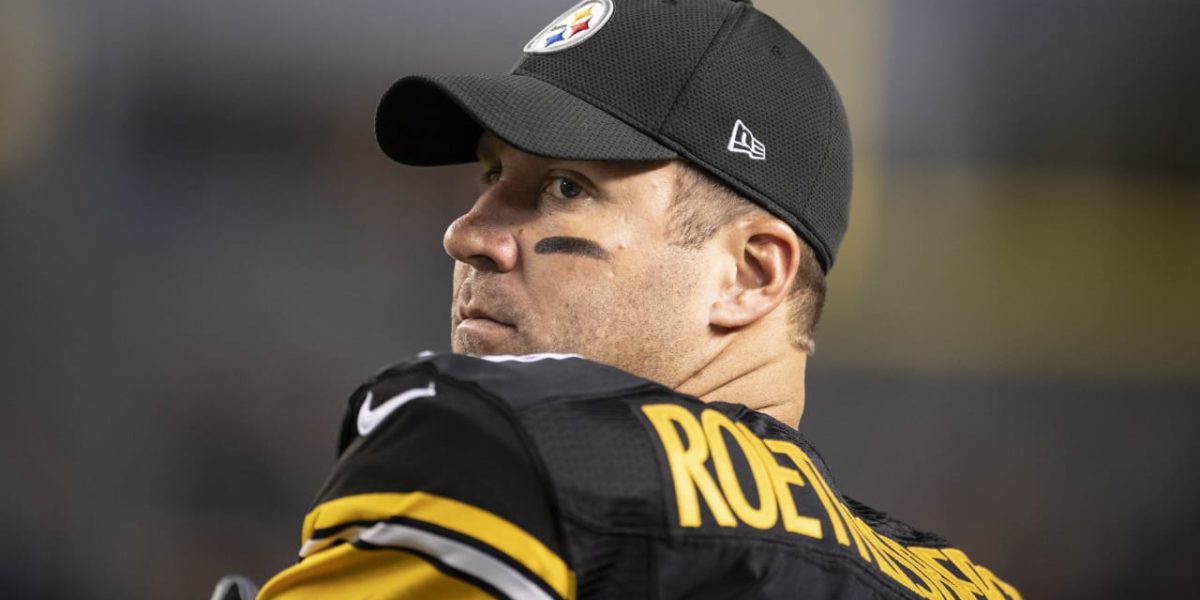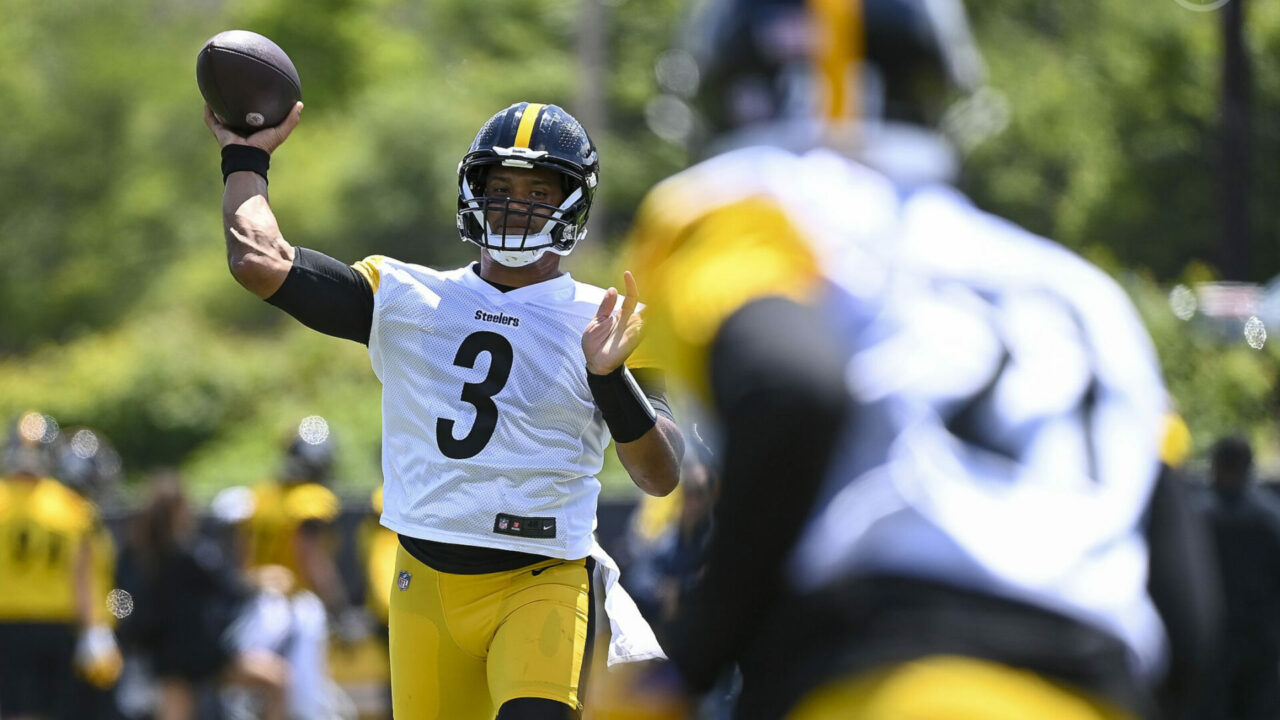The Steelers handle the salary cap like most successful NFL teams
The annual ritual of Pittsburgh Steelers fans not understanding how free agency and the NFL salary cap operate continues into 2021. Among the complaints are that the team is “cheap” or “mismanages” the cap – a celling as to which every football team is permitted to spend up to, unlike professional baseball, in order to create fairness or parity within the league.
With a number of departures already, such as LB Bud Dupree, CB Mike Hilton, G Matt Feiler, and DT Tyson Alualu, some of these critics are in a panic… and the league year doesn’t even begin until later today at 4pm! (When a lot of these announcements become official!)
Here’s some of the common misconceptions I’m seeing from fans and why their train of thought is off-track.
Are the Steelers really cheap?
The short answer is absolutely not.
The team retains a number of their own drafted players with deals that consummate with that position’s market and typically favorable for the franchise. A number of players are well-paid on the team, as they should be, but it hasn’t prevented Pittsburgh from going out and adding free agents in the past – it’s just a matter of how many and at what cost.
Among the “outsiders” brought in over the years are Eric Ebron, Steven Nelson, and Joe Haden. They are among the highest paid players on the roster.
Good teams lose good players
Good teams losing good players is a yearly birthright, while bad teams having a bunch of money to spend is as well.
Think about it. The Steelers have a great 2017 draft. The class includes T.J. Watt, JuJu Smith-Schuster, James Conner, and Cameron Sutton. All but picks can be signed to a maximum four-year contract, meaning everyone hits free agency at the same time. (Watt, as a first-round selection, could, and is, optioned for a special fifth-year clause.)
If teams draft well all of the time, there’s no way they can afford to keep all of their best players. This is simply the way the NFL is setup.
The Steelers have signed a number of their own big-name players over the years, with Ben Roethlisberger, David DeCastro, Cameron Heyward, and Stephon Tuitt representing some of those higher-value contracts. They’ve also gotten lucky in a sense, that not every pick has been a “hit” too.
Had Jarvis Jones been a stud or Artie Burns been a baller, its doubtful that Pittsburgh retained them too – or had enough space to franchise Bud Dupree, if he surfaced as a star in that scenario. The average NFL career is three years because there’s such a revolving door of talent, which often has to be supplemented through the draft in order to remain under the salary cap.
By comparison, the Baltimore Ravens are another team which operates close to the cap too. They have big money invested in players such as Calais Campbell, Ronnie Stanley, Brandon Williams, Marlon Humphrey and Marcus Peters, among others.
Their team saw star LB C.J. Mosley leave in free agency two years ago, and currently lost LB Matt Judon and DE Yannick Ngakoue this offseason, with several other unsigned free agents pending.
Baltimore is hardly the other team playing close to the vest – the New Orleans Saints are in true “cap hell” right now after making a last-ditch push to get Drew Brees another ring. The Kansas City Chiefs have been in that position too, and there’s a reason their cap issues are going to surface real soon as well…
Rookie Quarterbacks
Perennial losing franchises also tend to do well because they’re seldom paying top dollar for a quarterback.
I often point out that the Cleveland Browns recently bolstered roster features a number of high first round draft picks (multiple from the same class even) and due to those lower figure contracts, the team can afford to sign players such as TE Austin Hooper or S John Johnson to record or near-record deals.
The Tampa Bay Buccaneers didn’t have a passer under a rookie contract with Tom Brady, but were so bad for so long that they had little money tied up in existing contracts and lots of young players still on their first ones.
It’s a similar paradigm to the Denver Broncos and Seattle Seahawks of the mid 2010’s.
Peyton Manning signed with Denver, who had been floundering. They had a young pass rusher in Von Miller, and struck well with picks such as Demaryius Thomas, Derek Wolfe, Malik Jackson, Danny Trevathan and others. TE Julius Thomas became a sensation overnight, undrafted CB Chris Harris surprised, and a few other moves to add Emmanuel Sanders and Aqib Talib paid dividends towards Super Bowl runs.
Then it fell apart.
The team could only afford to keep either Miller or Manning’s heir, QB Brock Osweiler. While they made the right choice, we also see how short that Super Bowl window was for Denver.
In Seattle, Russell Wilson and the Legion of Boom rose to stardom overnight. The team was equally competitive but as contracts for late-round picks such as Richard Sherman and Kam Chancellor came due, as well as for their former top picks like Bruce Irvin and Earl Thomas, it was virtually impossible to pay Wilson and keep that great defense together forever.
Again, the window was short – and it will be for other teams currently operating with quarterbacks under rookie deals too. Once those four (or five) years are up? The salary cap starts to tighten greatly with expensive deals that make each passer the next highest-paid.
Ben Roethlisberger’s cap hit
Oh, and removing a single certain quarterback really wouldn’t have changed the situation for the better either!
Some critics are clinging to some misreported information earlier this offseason about Big Ben’s “$40+ million cap hit” which was a bit of a fallacy. Had the Steelers moved on from Roethlisberger, the realized savings would’ve been $19 million and not the other reported $21 million. (And change – I’m rounding here!)
Roethlisberger’s other $21 million was previously paid out and could not have been saved whatsoever – it’s part of the clever cap accounting methods teams use to remain competitive through extensions and restructures, which will eventually catch up to them.
This isn’t unlike any other team with a quarterback who isn’t currently on a rookie deal. Many others actually make more than Big Ben, who then took a pay cut of roughly $5 million and extended his contract with “void” years.
The result saves the Steelers $15 million this season.
At best, if the Steelers moved on from Roethlisberger this offseason, they could’ve saved an additional $4 million – not quite enough to sign any of the Duprees or Hiltons mentioned above.
Oh, and they would have to figure out their quarterback situation on top of it too!
Conclusion
While it’s sad to see some of our favorite players go, the NFL’s strive for parity rewards teams who lose prized free agents as well. 32 compensatory picks are awarded based on a non-disclosed league formula to distribute those picks among the top 32 free agent contracts lost.
The Steelers have received an additional fourth-round pick in this year’s draft for the loss of Javon Hargrave last offseason.
They currently appear to be an early frontrunner in comp picks for 2022, with a maximum of four extra picks (to one team) possible. Should the Steelers stand pat, they will have plenty of ammunition to reload next year.
Otherwise, it’s business as usual in the NFL. Pittsburgh is a victim of its own success and has to look ahead to signing Watt, Minkah Fitzpatrick, and others to new/big contracts too. While they’re in a bottleneck in 2021, the flood gates open in 2022 when almost all of their highest-paid contracts are due.
It may feel like the team is losing good players or rebuilding, but I defy anyone to look at a roster for 3-4 years ago and compare it to now – the drastic changes are the ever-evolving NFL depth chart which rarely contains even a quarter of the same players over that period of time.
At the end of 2017 the Steelers still had players such as Antonio Brown, Le’Veon Bell, Martavis Bryant, and were looking for Ryan Shazier’s replacement.
Have patience – and faith – friends. The organization is consistently a competitor and tends to make a lot of smart moves for the immediate and long-term future of the franchise!









